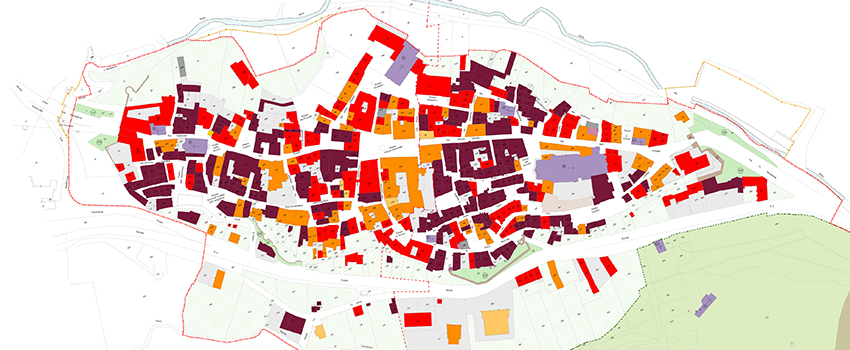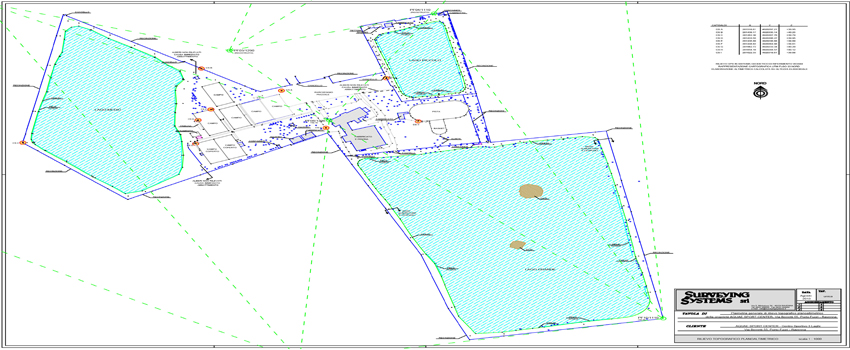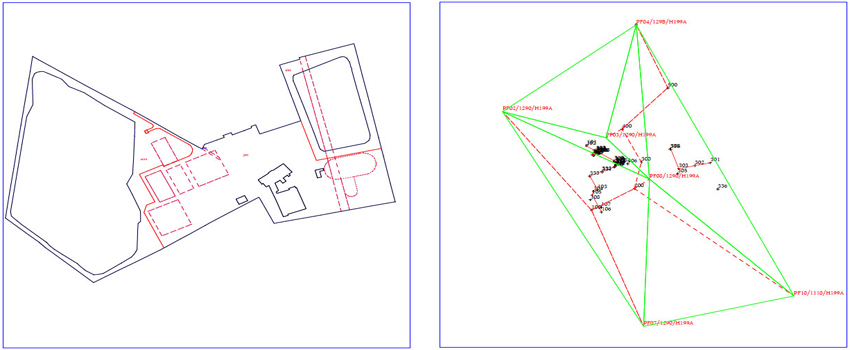There is a big difference between architectural and urban surveys, even if the term used to designate them is similar and the relevant operations can also appear similar.
An urban survey is more linear than an architectural survey and, at the same time, it is more complex and abstract. With it, the expressive qualities of architecture are reduced to bring out the structural data for the overall urban framework with levels that are more highly stratified than those for a single building. The urban survey is a notation of the overall form of the city and not a mosaic of the individual buildings surveys. It is therefore less representative and more a presentation, in the sense that it is less of an icon and more of a symbol. The urban form is not the image of the city but its form-structure, i.e. a graphic notation that, while maintaining a high ratio of architectural form, remains linked to the status of a diagrammatic, symbolic notation. Theoretically, however, the urban survey should achieve the quality of an architectural survey, both in the breadth of its surveying operations and in the level of its graphic rendering.
The purpose of a cadastral survey is to take measurements to give them form and content as well as to take measurements to fit them into the network of fiducial points.








